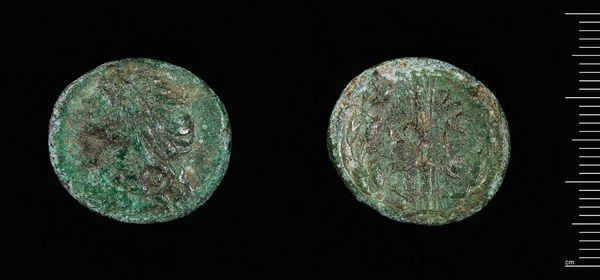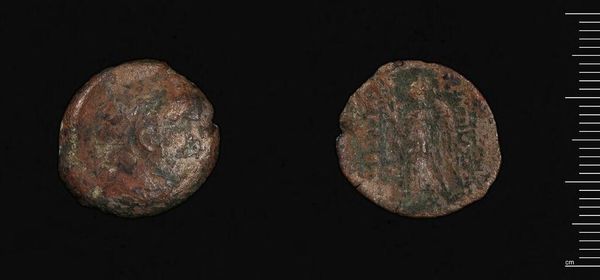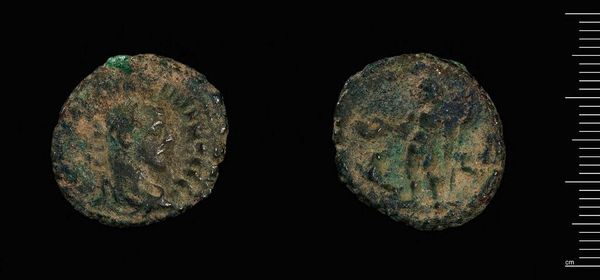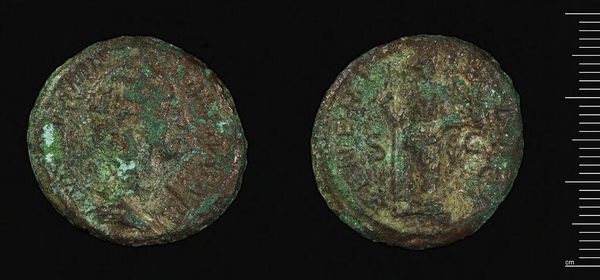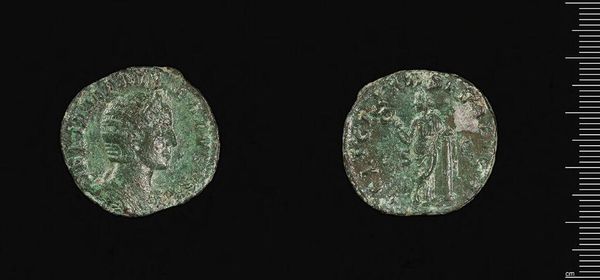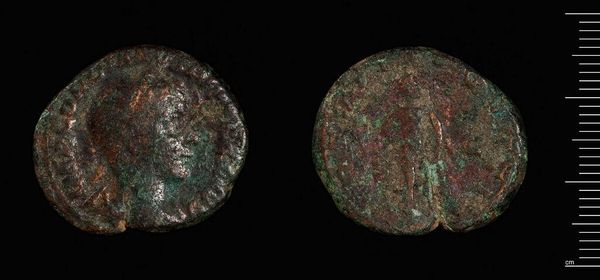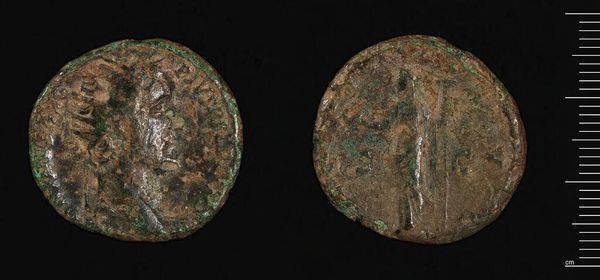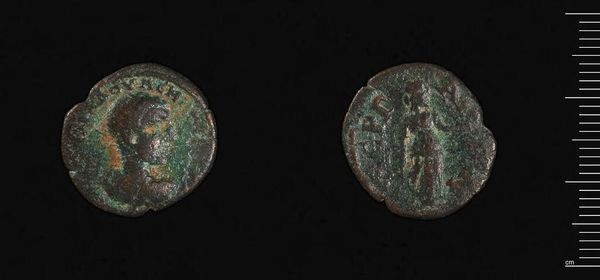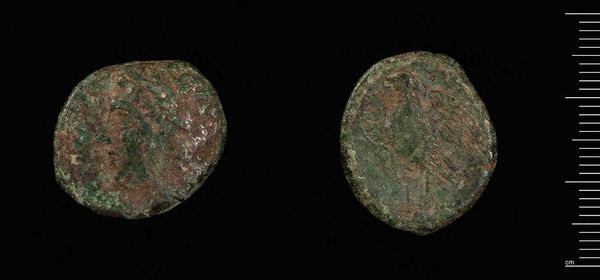
Dimensions: 4.07 g
Copyright: CC0 1.0
Editor: Here we have a coin of Amphipolis under Augustus – Gallienus, weighing just over 4 grams. It's fascinating how this small object connects us to such a vast history. What strikes you most about it? Curator: The coin offers a glimpse into the projection of imperial power and local identity. Consider how the image of Augustus, replicated on countless coins, served as a form of propaganda, reinforcing Roman authority throughout the empire. How do you think a citizen of Amphipolis might have viewed this imagery? Editor: I hadn't thought of it as propaganda. It makes me wonder about the power dynamics at play and the role of art in shaping perceptions. Curator: Exactly. Coins were not just currency; they were carefully designed objects meant to communicate specific messages about power, legitimacy, and the relationship between Rome and its provinces. Editor: That's a really interesting perspective. It changes how I see something as simple as a coin. Curator: Indeed, these objects serve as valuable evidence of the complex interplay between art, politics, and society in the ancient world.
Comments
No comments
Be the first to comment and join the conversation on the ultimate creative platform.
